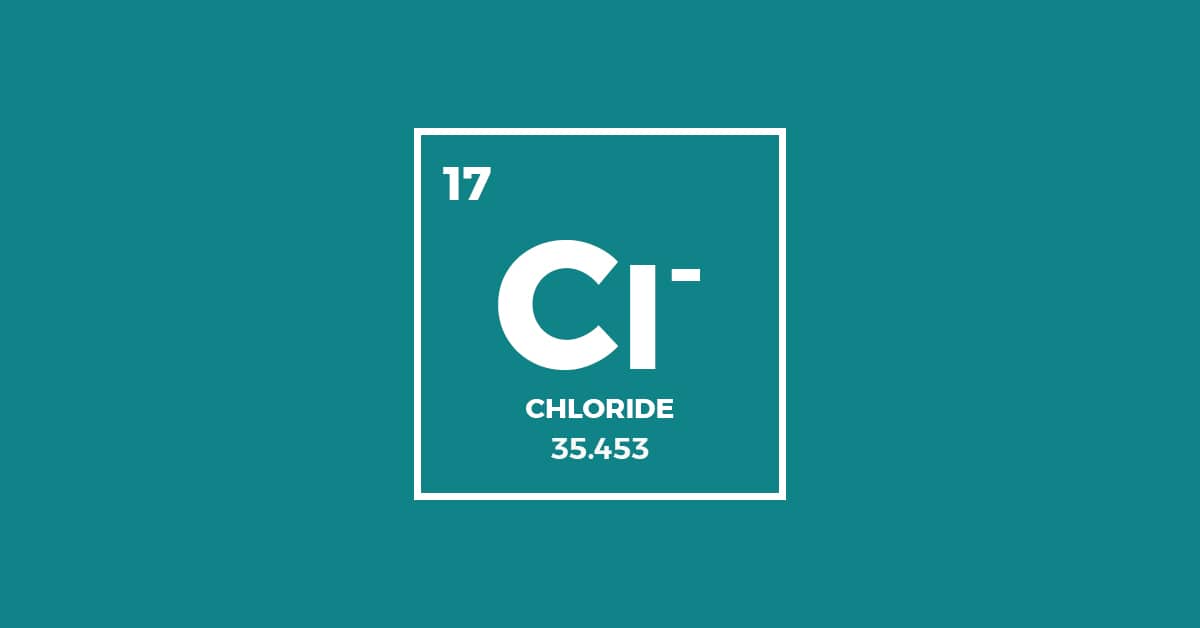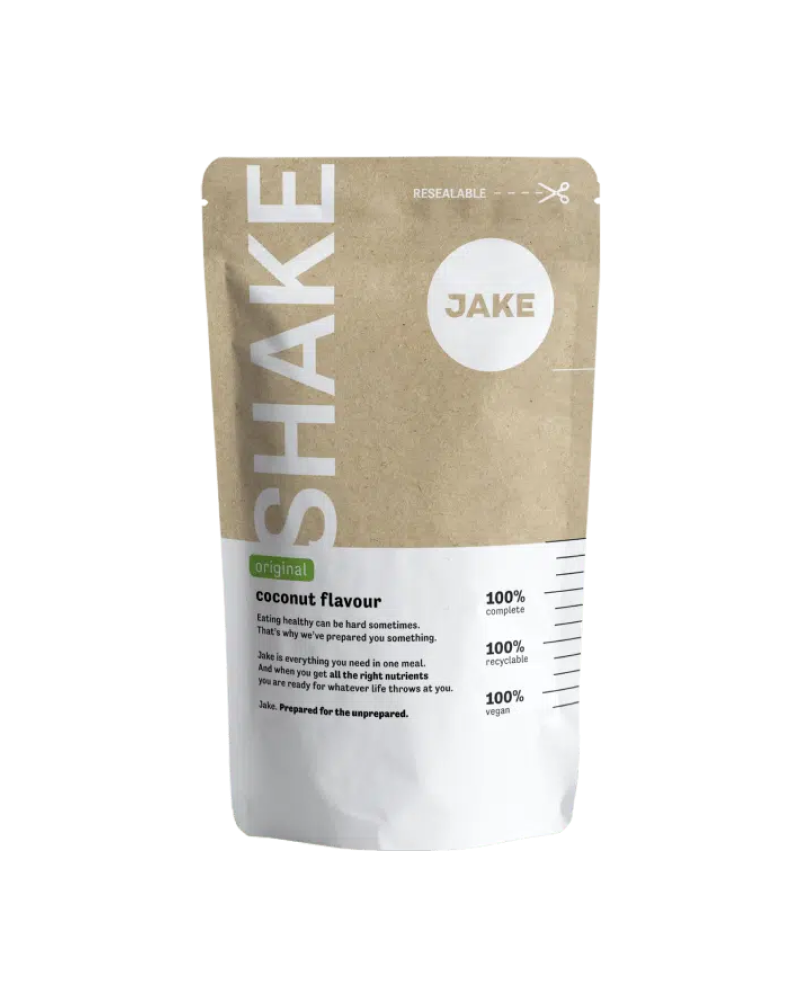5-minute read•July 19th, 2018
Chloride is one of the two components that make up table salt, next to sodium. This means that it’s probably in most foods you have. Still, it wouldn’t be a surprise if you’ve never heard about it. Often hidden in sodium’s notorious shadow, chloride is less well studied on its own. We need it to stay healthy, but does it also play a part in the adverse health effects attributed to sodium? Let’s take a look at the facts about chloride.

Short on time?
Best known for: Contributes to the normal functioning of the digestive system in the stomach
Good sources: Table salt and most processed foods. Other good sources of chloride are seafood and some vegetables such as celery and lettuce.
Recommended dietary allowance (RDA): 800 mg/day for healthy adults. No tolerable upper intake level (UL) has been established for chloride alone.
Good to know: The isolated effects of high chloride intake on health are not well-known, as it is rarely consumed separately from sodium.
Chloride in Jake:
Jake Light and Original: 38-51% of AI
Jake Sports: 39-55% of AI
Vitaminbars: 25-26% of AI
What is chloride?
Chloride is an important electrolyteAn electrolyte is a substance that dissociates into charged particles, ions, in solution. This enables it to conduct electricity. and one of the major minerals in the body. It makes up 0.15% of your total body weight. For an average adult, that adds up to around 115 grams.
Most of the chloride is found in your blood and other extracellular fluids. Only about 15% is inside cells.
The levels of chloride in your blood are tightly controlled by the kidneys. They increase or decrease chloride excretion levels to compensate for short-term fluctuations in your chloride intake.
Health benefits of chloride
Together with sodium and potassium, chloride is responsible for fluid and acid-base (pH) balance in your body. As such, it’s crucial for normal cell functioning.
The key functions of chloride are:
- Contributes to the normal functioning of the digestive system in the stomach.
How much chloride do you need?
800 mg of chloride per day is the recommended dietary allowance (RDA) according to the EU Scientific Committee on Food.An assessment on chloride by the European Food Safety Authority (EFSA) is also currently underway, with expected publication in 2019.
Chloride in foods
The most common and abundant source of chloride is sodium chloride, or ‘table salt’, which is present in most processed foods. However, there are also plenty of foods that naturally contain chloride.
Here are some of the best sources of chloride:
| Food | RDA (%)* | Chloride (mg) |
|---|---|---|
| Prawns, boiled (120 g) | 319% | 2550 |
| Salmon, canned (100 g) | 110% | 880 |
| Lettuce, raw (100 g) | 31% | 250 |
| Celery, raw (50 g) | 23% | 180 |
| Tomato, raw (120 g) | 6% | 50 |
* Based on the recommended dietary allowance (RDA) for healthy adults (800 mg/day), according to the EU Scientific Committee on Food.
What if you’re not getting enough chloride?
Chloride deficiency is very rare. Especially with a Western diet that includes processed foods, you are highly unlikely to obtain less chloride than you need.
How much chloride is too much?
Together with sodium, chloride is a component of table salt. This means that both are often consumed together. Therefore, a high intake of chloride is usually accompanied by a high intake of sodium, making the individual effects of chloride overconsumption on health difficult to isolate.
Excessive consumption of both chloride and sodium may be associated with the same negative health consequences, including high blood pressure. The available evidence suggests that these adverse effects are usually observed only in the presence of both chloride and sodium.
Due to the insufficient data available, a tolerable upper intake level (UL) has not been established for chloride alone. Regarding overall salt consumption, the World Health Organization advises not to exceed an intake of 5 grams of table salt per day. That’s just under a teaspoonful.
Take-aways
The three things to remember about chloride are:
- Chloride contributes to the normal functioning of the digestive system in the stomach.
- You can cover your daily needs of chloride through table salt or foods like prawns, celery and lettuce, which naturally contain chloride.
- It’s currently unclear what too much chloride alone does to your health. However, many of the foods that contain chloride also contain sodium, which is known to be harmful in excessive amounts. To avoid the adverse health effects associated with high sodium intake, avoid having more than 5 grams of salt per day.
Afraid to miss out on essential nutrients your body needs? You can always take our Jake meal replacement shakes or one of our delicious meal replacement bars.









